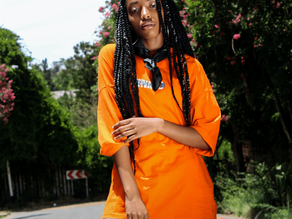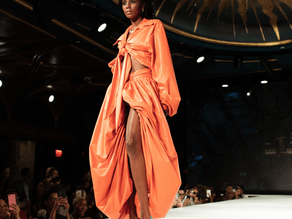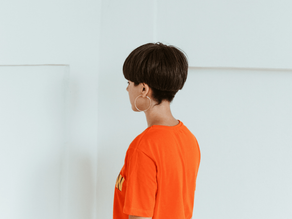

Fashion + The Circular Economy
In April 2020, we looked into the rapidly growing concept of a circular economy and how its adoption and implementation across fashion, could help to transform the industry, as we know it, for the better.

Fashion largely uses a linear ‘take, make, waste’ business model, relying on continuously shifting mass volumes of product. However, with increasing strain on planetary welfare, fashion’s linear growth model is living on borrowed time.
Mother nature has spent billions of years perfecting an ecosystem that operates in a circular manner, producing no waste; only nutrients. Many Global North countries have become detached from nature with a throw-away mindset, and in a waste-based society, ‘products will cause problems’ (Lacy & Rutqvist, 2015). If fashion could mimic nature’s circularity, the whole industry become more sustainable.
According to Dr Anna Brismar, circular fashion is “designed, sourced, produced and provided with the intention to be used and circulate responsibly and effectively in society for as long as possible in their most valuable form, and hereafter return safely to the biosphere when no longer of human use”. There’s many circular fashion initiatives already being implemented by independent brands and as grassroot community projects. However, ‘circularity’ is fast becoming an industry buzzword, putting the concept at risk of greenwashing from big brands driven by maximising output and profit.
Embracing the circular economy holds promises for a healthier, fairer fashion future. But Is the term being used accurately or prematurely? What kind of innovations are taking place? Can circularity really be the solution to the fashion industry's problems?















































































